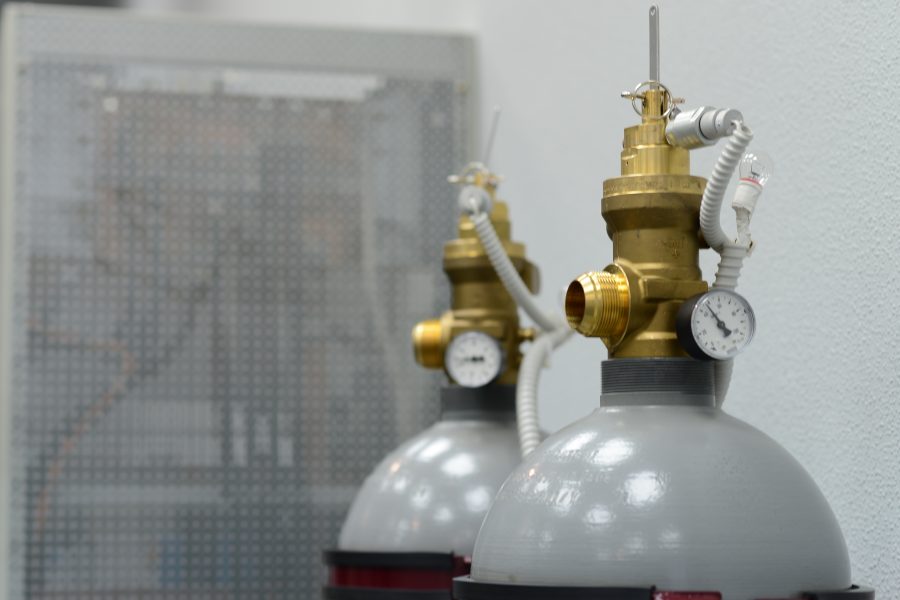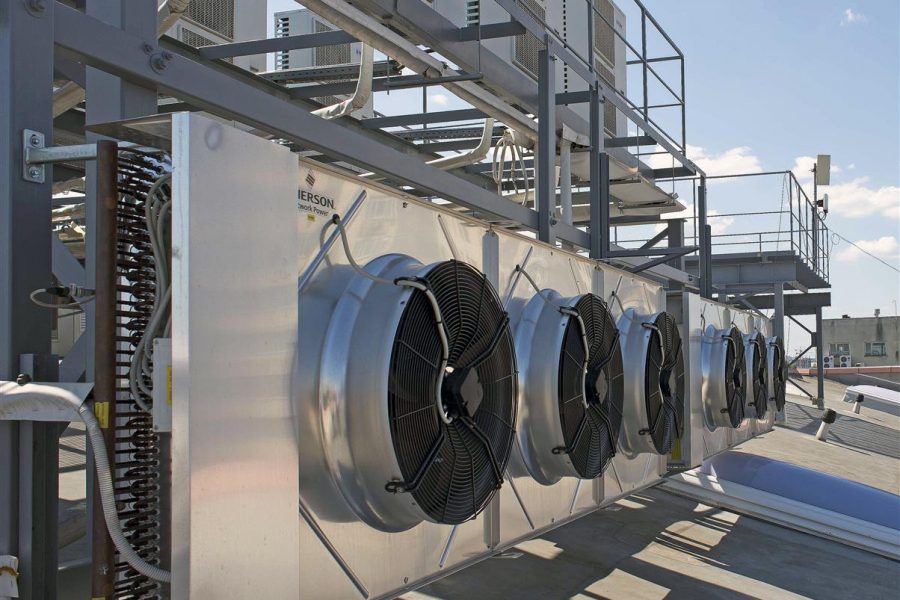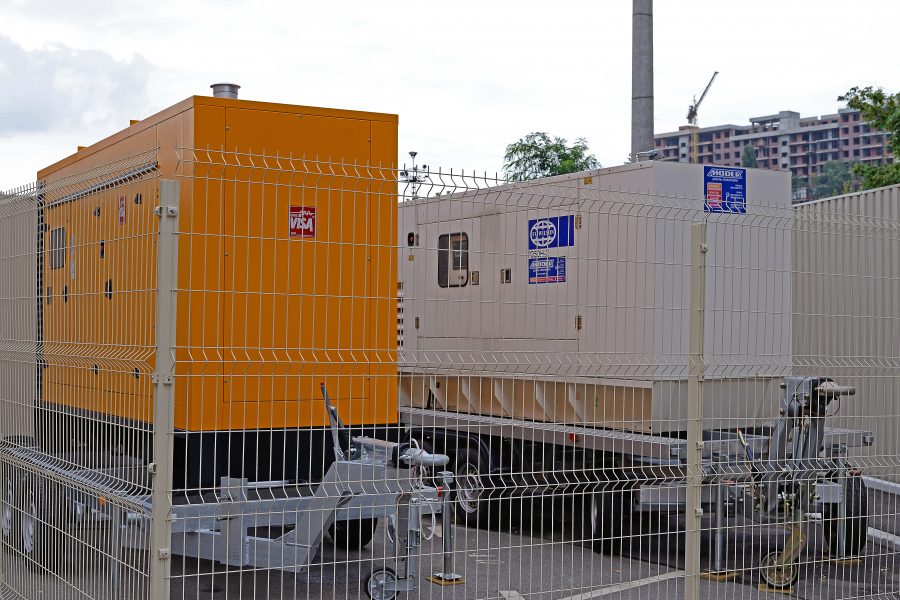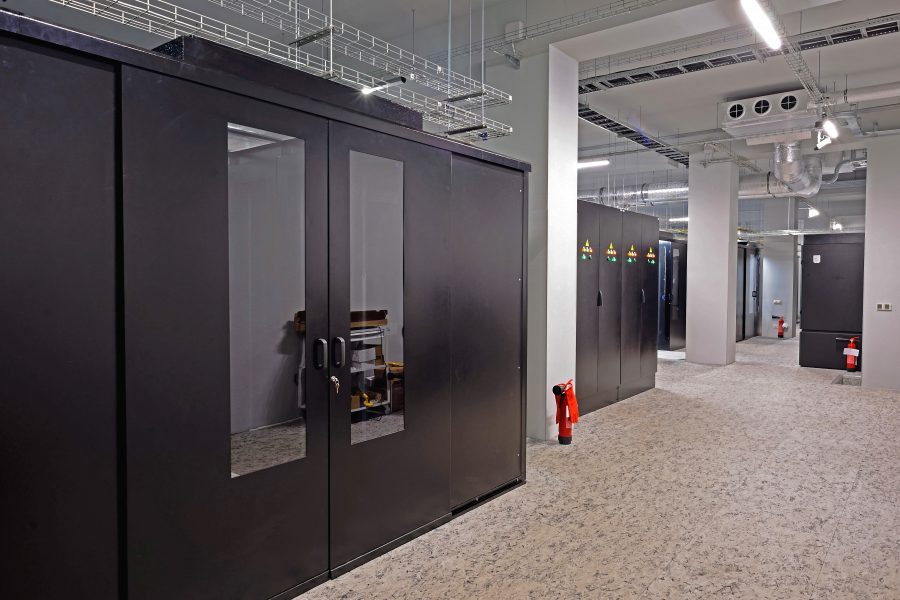Dutch research institute TNO has published its semi-annual Wireless Technology Monitor, where it discusses the development of 5G. The next generation of mobile technology is being developed with three criteria in mind: high speed, high reliability/low latency and for a large number of devices. Combinations of these three core qualities are also possible.
5G will be introduced differently in different parts of the world, TNO said. In Asia, the emphasis is on faster mobile broadband and in the US, on fixed-mobile services (FWA). In Europe and the Netherlands, the focus will be on a combination of these two. In several places in the Netherlands, the principles and precursors of 5G are already being tested.
Consumers will experience a number of advantages, such as ‘never having to search for Wi-Fi’ or ‘superfast downloading’. TNO also expects a convergence between 5G and fixed networks, but says there is still the challenge of getting 5G signals into the house. The high-tech applications of 5G with ultra-high reliability will come first for the healthcare sector.
Separate roadmap for government
Government applications can eventually be offered by commercial 5G operators, such as the secure communication (OOV) of the police and the railways. There will have to be a successory to the current GSM-R (rail) by 2030, based on 5G standards, with its own spectrum.
For Defense, TNO sees 5G as playing only an auxiliary role. Military and telecommunications systems are subject to such high and specific requirements that 5G cannot address them properly.









